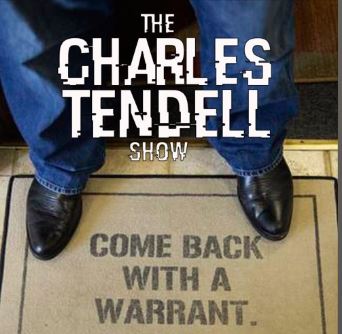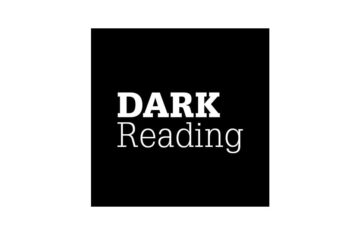
This podcast was published on November 13, 2017 on The Charles Tendell show
The front page of a newspaper with the headline “Fake News” which illustrates the current phenomena. Front section of newspaper is on top of loosely stacked remainder of newspaper. All visible text is authored by the photographer. Photographed in a studio setting on a white background with a slight wide angle lens.
Charles Tendell from The Charles Tendell show interviews Chris Olson, CEO of The Media Trust, about fake news and its presence in the digital ecosystem.
Listen now: https://soundcloud.com/charles-tendell-show/hackers-and-fake-news-with-…
Fake news and the spread of disinformation has been tied to influencing the 2016 U.S. national election via the use of fake accounts (organic) & digital advertising (synthetic/paid) promotion channels. The primary drivers are:
- Programmatic ad buying, enables serving of millions of ads every minute
- Targeting tools accurately & dynamically serve ads to client-defined target markets
- 3rd party service providers, which websites rely on for a myriad of different service providers and technologies to serve ads to their site visitors
The key to addressing fake news is driving transparency into the inner workings of the digital ecosystem. This requires media and other website operators to:
- Know your customer, aka advertising buyer or content contributor
- Communicate your digital asset policy to these customers; political ads, data privacy, security
- Analyze their activity and evaluate compliance with your digital asset policy
- Block and resolve non-compliant activity by going to the source of the violation



